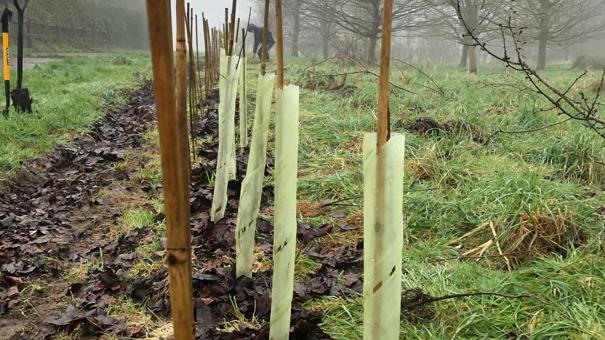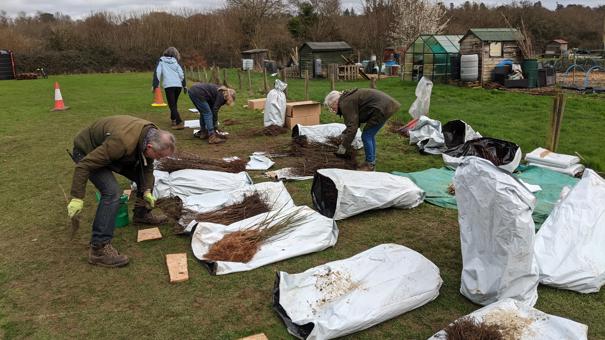The results from a recent Government consultation on Protecting Hedges in England have been collated by the Department of the Environment (Defra). The responses demonstrate the power we all can have in helping to mitigate climate change - campaigns do indeed work!
Defra states: approximately 2,289 responses received were influenced by campaigns organised by Royal Society for the Protection of Birds (RSPB) and Wild Justice. This equates to 26% of total analysed consultation responses.

Hedgerows could be the gentle champions of nature recovery. Replacing fences with hedges, "gapping up" holes and allowing hedges to become a little bit unruly, will help us meet our national, and international, target of 30% of land restored for nature by 2030, as set out in The Environment Act.
Hedgerows contain hundreds of different wild plants, provide shelter for nesting birds, small mammals and insects, and can capture and store large amounts of carbon.

The government has promised to create or restore 48,000 km of hedgerows by 2037, and 72,000 km of hedgerows by 2050, under the new Environmental Improvement Plan released a year ago. Farmers are encouraged to apply for funding to rejuvenate and create hedgerows. They are urged to cut hedges less frequently to allow flowering and seed or nut production, and allow the bases of hedges to become dense and wide, thereby providing cover for small mammals such as mice and shrews. Tree species within hedges, such as hazel, hawthorn, oak and ash, are allowed to grow out and up to provide high perches for birds such as carrion crow and kestrel.

PeCAN responded to the consultation and will continue to encourage our local authorities to support community groups to plant more native hedgerows as part of our urban green infrastructure. At PeCAN's Hedge Fest in February, almost 3km of hedging plants were given away to residents in East Hampshire. This is important because a report from the UK Centre for Ecology Hydrology found that, excluding urban areas, the lowest densities of hedgerow are in Surrey, Hampshire and Berkshire, where much of our farmland is used for industrial arable cultivation.
